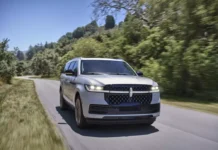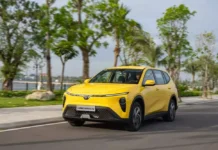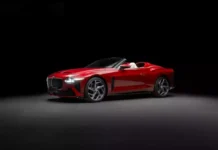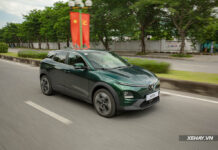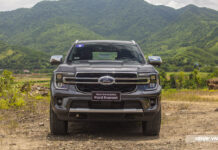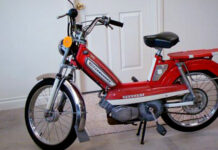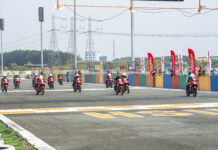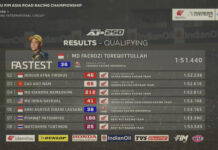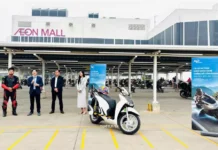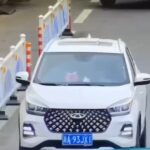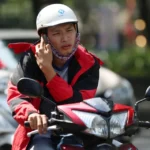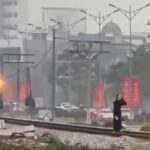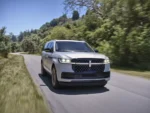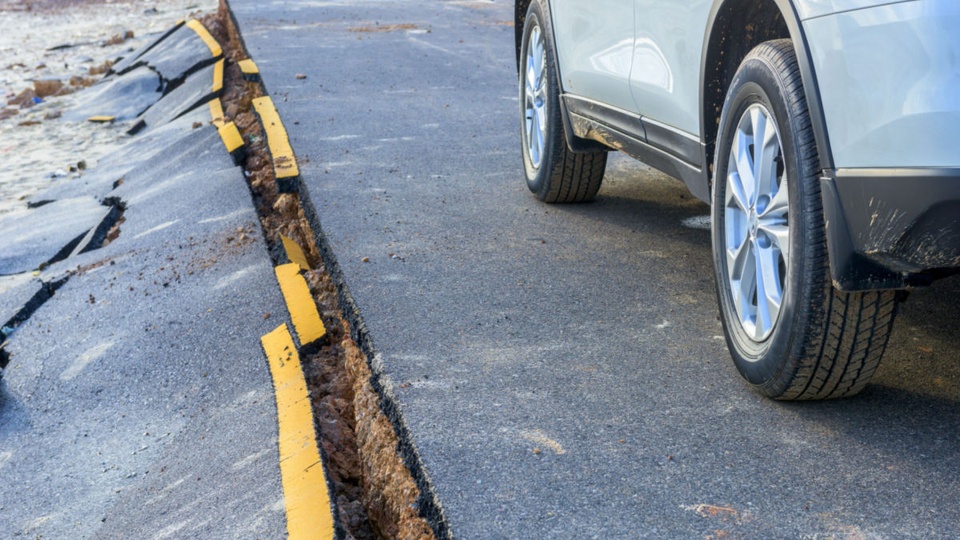
|
Earthquakes are an uncommon natural disaster that occur worldwide, and knowing how to react while driving is crucial for safety. The general guidelines for such an event are Slow Down – Pull Over – Stay Inside, which means reducing speed, moving to the side, and remaining in the vehicle.
According to the US Geological Survey (USGS), if an earthquake strikes while driving, it is essential to come to a careful stop and move the vehicle away from traffic as much as possible. Drivers are also advised not to stop on or under bridges or overpasses, near tall buildings, or under trees, light posts, power lines, or signs.
The USGS website recommends that drivers and passengers stay inside the car until the shaking stops. When resuming driving, be cautious of cracks and potholes on the road and potential falling objects when near bridges or overpasses.
|
|
|
A cracked road after the earthquake in Myanmar on March 28. AFP. |
The BC Earthquake Alliance (BCEA), a non-profit organization dedicated to earthquake and tsunami preparedness, offers similar guidance. They advise drivers to slow down and stop safely if an earthquake occurs, as it can be mistaken for vehicle malfunction. During an earthquake, drivers may experience shaking, observe objects swaying or falling, or feel the vehicle shaking.
Once an earthquake is confirmed, reduce speed and stop the vehicle safely. Similar to USGS recommendations, BCEA suggests not stopping near overpasses, power lines, bridges, or tall buildings.
|
|
|
A collapsed beam at a railway construction site in Thailand due to the aftershocks from the Myanmar earthquake. Pattaya Mail. |
BCEA recommends turning off the engine and engaging the parking brake to keep the vehicle in place. Staying inside the vehicle during the earthquake is advised for both the driver and passengers. If power lines fall on the car, it is crucial to remain inside and wait for professional rescue teams.
Even after the earthquake subsides, BCEA suggests remaining in the stopped position and tuning into the radio for instructions. Keep emergency lanes clear, watch out for fallen power lines, collapsed structures, and falling objects. If in a tsunami hazard zone, move to higher ground and stay there until officials provide further instructions.
Recommended Reads for Your Journey
Our Xe category offers a diverse range of captivating book titles to accompany you on your travels. Whether you’re on a short break or a long journey, these books will keep you entertained and engaged during those restful moments.
The Train Driver’s Harrowing Account of the “Track-Scorching” Emergency Brake: A Near-Miss with Two Women Posing on the Tracks
The cargo train, with its 25 carriages, was traveling from Phu Tho to Yen Vien station in Hanoi when it passed through Vinh Phuc province. The train staff spotted two women taking photos on the tracks. Despite the train driver’s continuous warning horn blasts, the women ignored the warnings and carried on, forcing the train to make an emergency stop.


